Acalypha, anthurium and sago palm
Three beautiful options for your tropical garden in Mexico are the acalypha, anthurium and sago palm.
Acalypha (Amarantha) ( Acalypha hispida)
Family: Euphorbiaceae
Alternate Names: Beefsteak Plant, Red Hot Cat’s Tail, Fire Dragon Plant, Copper Leaf
Use: This is an eye-catching hedge or background plant, including the A. hispida (photograph) and the A. wilkesiana, a tall shrub with variegated leaves related to the poinsettia. The copper leaf variety has smaller tassels and variegated leaves in combinations of pink, red, green, and white. The acalypha can be used as a a houseplant.
Flowers: The A. hispida’s wooly red flower spikes are chenille-like tassels, and may droop to 18 inches on mature plants.
Cultivation: The acalypha thrives in full sun to part shade. They prefer moist soil and fertilizer twice monthly. Provide bright light for acalypha if it is grown as a houseplant.
Propagation: Cuttings root easily.
Anthurium (Anthurium)
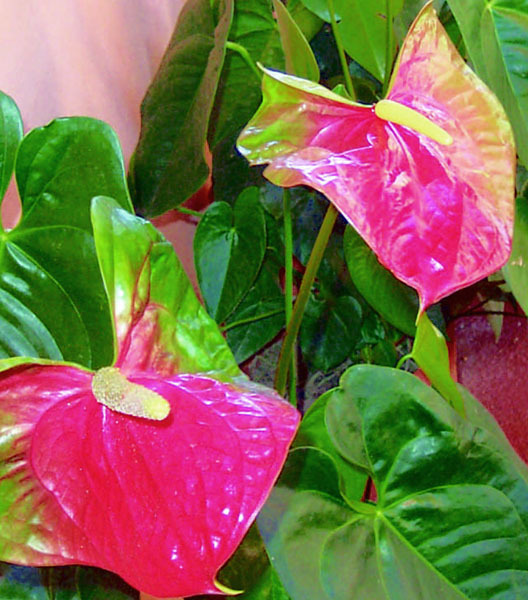
Family: Araceae
Alternate Names: Little Boy Flower, Flamingo Flower, Obake, Palette Flower, Spathe Flower
Use: A staple of the florist trade, these vivid, waxy flowers are highly decorative in exotic arrangements and are often combined with orchids, although they are not related. Anthurium has been used as ground cover in tropical landscaping, creating a stunning, although not particularly practical, effect. There are more than 700 species.
Flowers: The spadix, or column, consists of a multiplicity of tiny flowers. It is protected by the colorful decorative shield or spathe. As a cut flower, the anthurium is extremely long lasting, and blooms on a growing plant can last for months.
Cultivation: These plants prefer partial shade, requires consistently high humidity, a rich, moisture-retaining soil, and excellent drainage. They can be cultivated indoors near a window in a sunny heated room, with best results obtained in humid greenhouses.
Propagation: By seeds, cuttings, or division.
Sago Palm ( Caryota urens)
Family: Cycadaceae
Use: The sago palm is prized as landscape specimens as well as houseplants. Its starch is a food staple across Southeast Asia and the Pacific. It is the most common cycad in cultivation in the world.
Flowers: The female plant produces flowers at 15 to 20 years, which open, then close and produce seeds if fertilized.
Cultivation: The sago palm is easy to grow, as it adapts to a wide range of temperature and humidity conditions. It prefers part shade, and well-drained, rich soil. It is very slow growing, perhaps 3″ per year.
Propagation: In the wild, pollination is dependent on wind and birds. Under cultivation, hand pollination produces a high success rate. Sprout in well-drained soil. The sago palm prefers to be rootbound when young. Transplant from pots at about three years. Alternatively, it can be propagated from “pups,” offshoots, or stem cuttings. Allow to harden, or dry, prior to planting. It roots best with bottom heat.
Note: In parts of California, these valuable landscape plants are sometimes chained in place to make them less susceptible to theft.

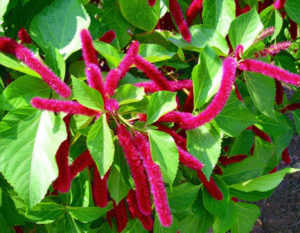
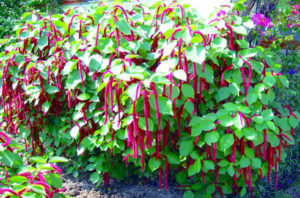
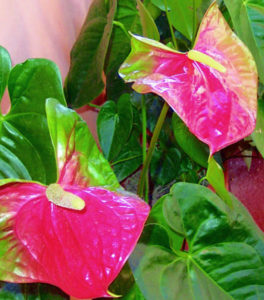
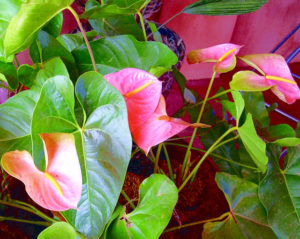
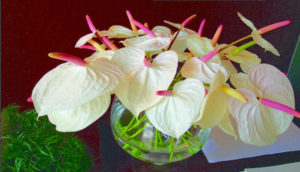

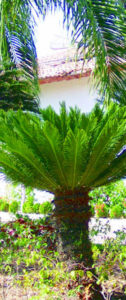
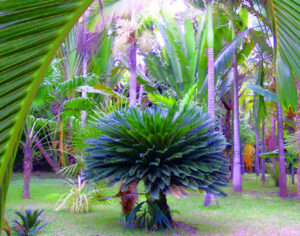
Hi my name is david forde from barbados and i would like to buy some anthuriums in a bulk way , please contact me at – [email protected]